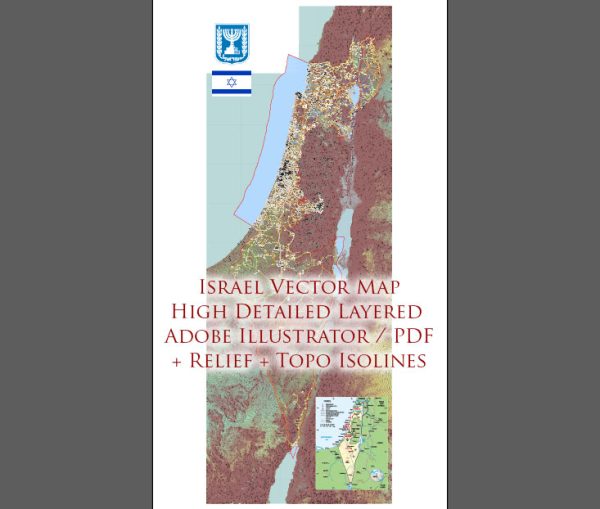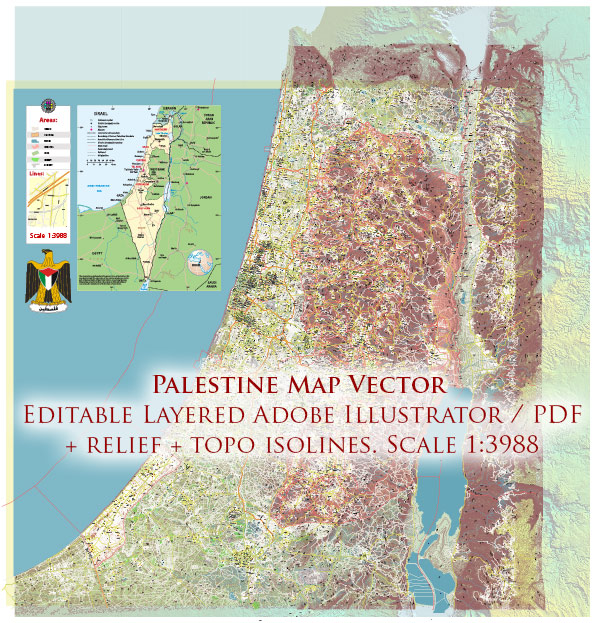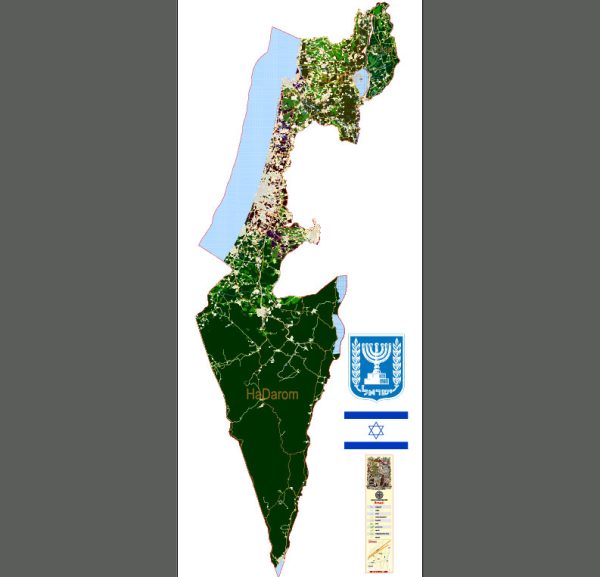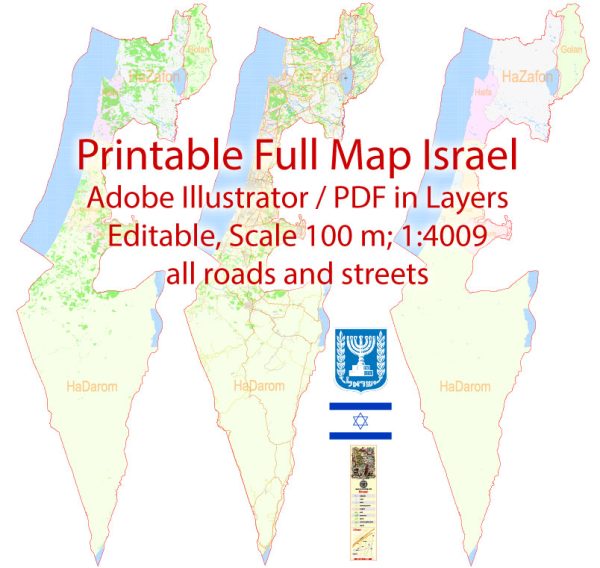The history of urban development in Israel is a complex and multifaceted story that spans thousands of years. From ancient times to the modern era, the land that is now Israel has been a crossroads of civilizations, and its urban development reflects this rich historical tapestry. Here is a broad overview of key periods in Israel’s urban development:
- Ancient Period:
- Canaanite and Israelite Cities: The region that is now Israel has a history of settlement dating back to ancient times. Cities like Jericho, one of the oldest continuously inhabited cities in the world, and Jerusalem have roots that go back thousands of years.
- Roman and Byzantine Period: During the Roman and Byzantine periods, cities such as Caesarea, with its impressive harbor, and Beit She’an flourished as urban centers.
- Islamic Period:
- Islamic Rule: With the rise of Islam, the Arab-Muslim conquest brought about changes in urban development. Jerusalem, under Muslim rule, became an important religious and cultural center.
- Crusader Period:
- Crusader Cities: The Crusaders established a number of fortified cities along the coast, such as Acre and Jaffa, during their control of the region.
- Ottoman Rule:
- Expansion and Consolidation: Ottoman rule, which lasted from the 16th to the early 20th century, saw the development of cities like Jerusalem, Jaffa, and Haifa. The Ottomans left a lasting impact on the urban landscape, with distinct architectural styles and infrastructure.
- British Mandate:
- Modern Urban Planning: During the British Mandate (1920-1948), modern urban planning concepts began to influence the development of cities. Tel Aviv, founded in 1909, emerged as a modern, planned city during this period.
- Post-Independence (1948):
- Rapid Urbanization: The establishment of the State of Israel in 1948 led to a massive influx of immigrants and rapid urbanization. Existing cities expanded, and new ones were established. Tel Aviv continued to grow, and Jerusalem became the capital of the newly formed state.
- Contemporary Period:
- High-Tech Centers: In recent decades, Israel has become known for its high-tech industry, with cities like Tel Aviv and Herzliya developing into major technology and innovation hubs.
- Urban Challenges: Like many modern urban areas, Israeli cities face challenges such as population growth, infrastructure development, and issues related to housing and transportation.
- Urban Renewal Projects:
- Revitalization Efforts: Various cities have undergone urban renewal projects to address issues of aging infrastructure and to create more livable, modern spaces.
Throughout its history, Israel’s urban development has been shaped by a diverse range of cultural, religious, and geopolitical influences, resulting in a landscape that reflects both its ancient roots and its modern, dynamic character.





 Author: Kirill Shrayber, Ph.D.
Author: Kirill Shrayber, Ph.D.